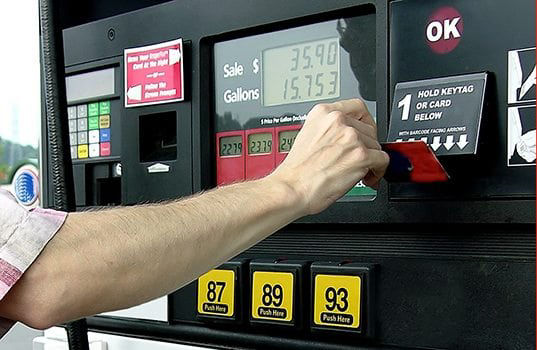Understanding What Fuel Cards Do for Your Business
First off, let’s talk about what a fuel card actually is. Think of it as a specialized payment card, designed specifically for fuel and sometimes other vehicle-related expenses. Instead of drivers using their own money or a company credit card, they use the fuel card when filling up. But it’s more than just a payment method—fuel cards offer tracking features, usage reports, and can limit spending by driver or vehicle. That kind of control can help you spot patterns, prevent misuse, and get a better grip on overall fleet costs.
Looking at Where the Card Can Be Used
One of the biggest things to look at right away is the card’s network. Some cards are locked to specific gas stations, while others are more flexible and can be used almost anywhere. If your fleet is local and always on familiar routes, a station-specific card might work just fine, especially if the fuel prices are competitive. But if your vehicles travel across regions or even nationwide, you’ll want a card with broader acceptance. You don’t want drivers having to go out of their way just to find a place that accepts the card. That defeats the purpose of convenience.
Checking for Control and Security Features
With multiple drivers and multiple vehicles, it's essential to have safeguards in place. A good fuel card will let you set limits—maybe capping the amount a driver can spend per day, or restricting purchases to just fuel, excluding things like snacks or car washes. Some cards even let you assign PINs to each driver, track usage by vehicle, and set alerts for unusual activity. All of this helps reduce the risk of misuse and gives you peace of mind that your fuel budget is actually going toward fuel.
Evaluating the Reporting and Tracking Tools
Another major win with the right fuel card is the reporting. The best systems give you detailed data on how much fuel each vehicle is using, where it’s being purchased, and when. That kind of insight can be incredibly valuable. You might discover that some drivers are using a lot more fuel than others on the same routes, which could point to inefficient driving habits or even mechanical issues. Over time, this type of tracking helps you optimize routes, plan maintenance, and ultimately cut down on fuel costs.
Thinking About Fees and Discounts
Not all fuel cards are created equal when it comes to pricing. Some come with monthly fees, transaction fees, or setup charges, so you’ll want to look closely at the fine print. At the same time, many cards offer discounts at the pump—either flat-rate savings per gallon or volume-based incentives. If your fleet is on the larger side or has consistent fuel usage, those discounts can add up quickly. The trick is weighing the fees against the potential savings to figure out what actually makes sense for your budget.
Considering Integration with Other Tools
If you’re already using fleet management software, GPS tracking, or accounting tools, it's worth checking if the fuel card system can integrate with those. Being able to sync data across platforms makes life so much easier. It cuts down on manual data entry, helps with reconciliation, and gives you a more complete picture of your operations. Some fuel card providers even offer their own apps or portals that make it simple to manage everything in one place.
Customer Support and Flexibility Matter Too
Let’s not forget the human side of things. If something goes wrong, or if you have a question about your account, you’ll want to be able to reach someone easily. That’s why customer support is a factor that shouldn’t be overlooked. It’s also helpful to know whether the fuel card provider allows you to easily add or remove cards, change limits, or adjust permissions as your fleet grows or shifts. Flexibility like that can save you a lot of headaches down the line.
